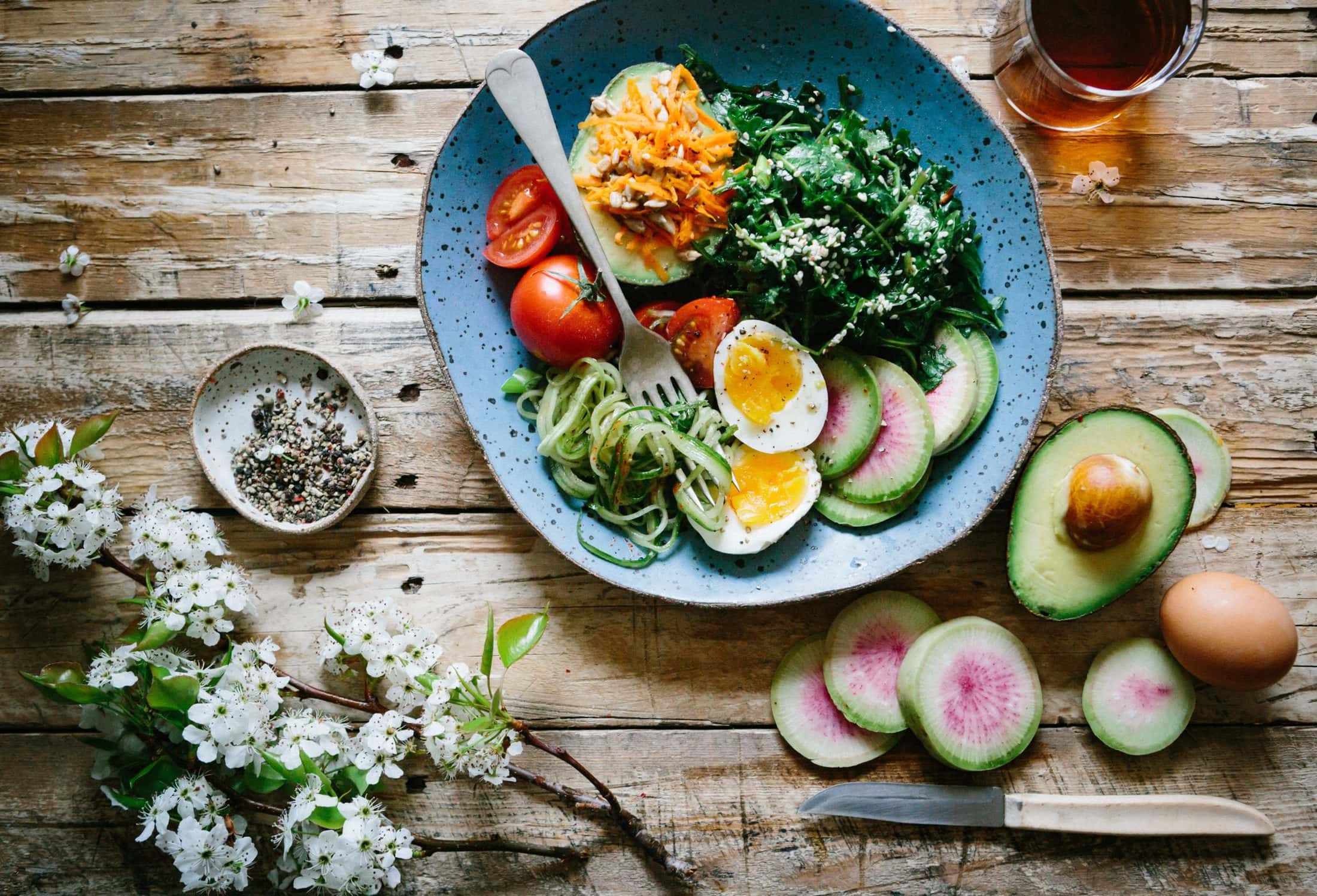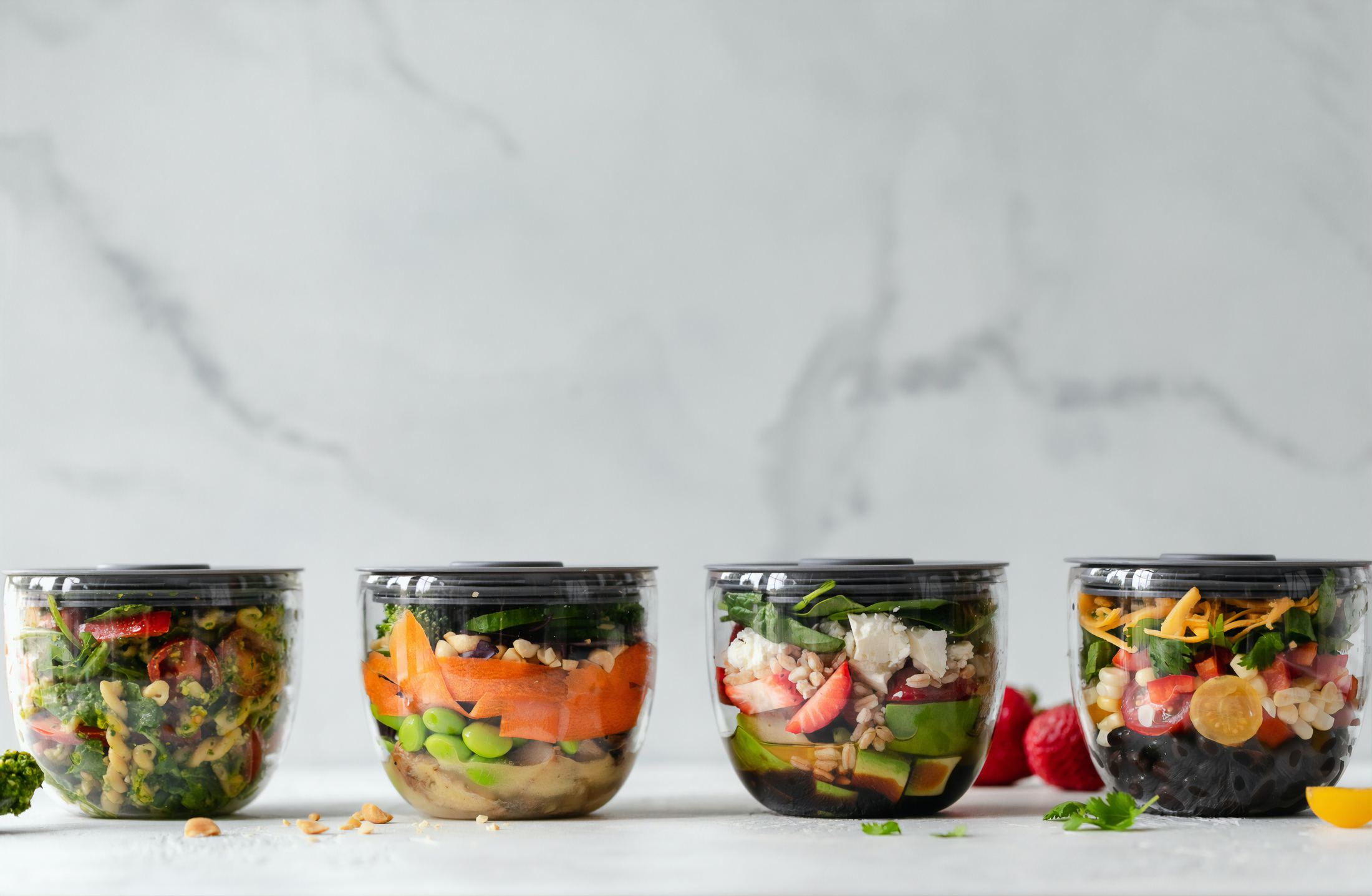As we all strive to become eco-friendlier, there are tons of small ways we can learn to reduce our carbon footprint. Making smart choices about what ends up on your plate is one of the biggest impacts you can make on the environment.
Read on to find out three ways to make your plate greener, and not just with more vegetables.
Eat Local
One of the best things you can do for the environment is to eat locally. One of the biggest results of CO2 output in the food industry is the transportation of food.

Every day, thousands of tons of produce are flown or trucked across the United States. All of the transportation leaves a ton of greenhouse gases in the air, even before the food makes it to the supermarket.
But when you buy from local grocers and farmers like seven sons farms, you cut down on all of those emissions, while at the same time assisting your local economy. When you shop local, you just make your environment is better in so many ways.
Meal Prep To Minimize Food Waste
The next thing you should be doing to make your plate better for the environment is meal planning and prepping
Food waste is one of the worst problems on the planet. Unfortunately, Americans have one of the largest problems in the world when it comes to generating food waste.

When we let food spoil unnecessarily, we not only waste all the food, but also let it rot in landfills where it can’t properly decompose.
Luckily though, addressing and minimizing food waste is easy. If your meal plan and prep by reusing as many ingredients as possible, you’ll be doing the environment a big favor. Plus, your wallet will be a thicket. You’ll be training yourself to make use of what you have and to rely on leftovers, rather than order many ingredients that you’ll throw away later.
Make Ordering In A Splurge
Lastly, if you want to do a good deed for the environment, you need to make ordering in a splurge, not a staple of your diet. Takeout food is horrible for the environment. Not only do you not control what’s going on in the kitchen and how that food is those ingredients are being ordered, but now you also have to deal with the Styrofoam and plastic that comes with takeout.

Styrofoam is one of the worst things for the entire environment. Styrofoam takes over 200 years to decompose. Plus, the plastic utensils that are given out with takeout break down into microplastics, which end up in our drinking water and in our fisheries. Microplastics are very harmful when consumed and can lead to cancer, immune problems, and even issues with reproductive health.
Altogether, takeout is not great for your waistline, your wallet, or the planet at large. Try to limit your eating out instead of deciding to order takeout whenever you feel like it. If you want to go out, opt to sit in the restaurant instead. They use plates and cups that are washable and much better for the environment.
If you must have takeout one day, consider calling ahead to see if you can bring in your own containers. Some states and municipalities allow restaurants to fill personal containers. This will help you cut down on the guilt and impact you’re making on the environment.
Conclusion
All in all, eating for a better environment doesn’t have to be hard. It’s easy to make smart choices about eating locally, planning effectively, and ordering meals!
Consider how you can make greener choices by following these three tips today!
